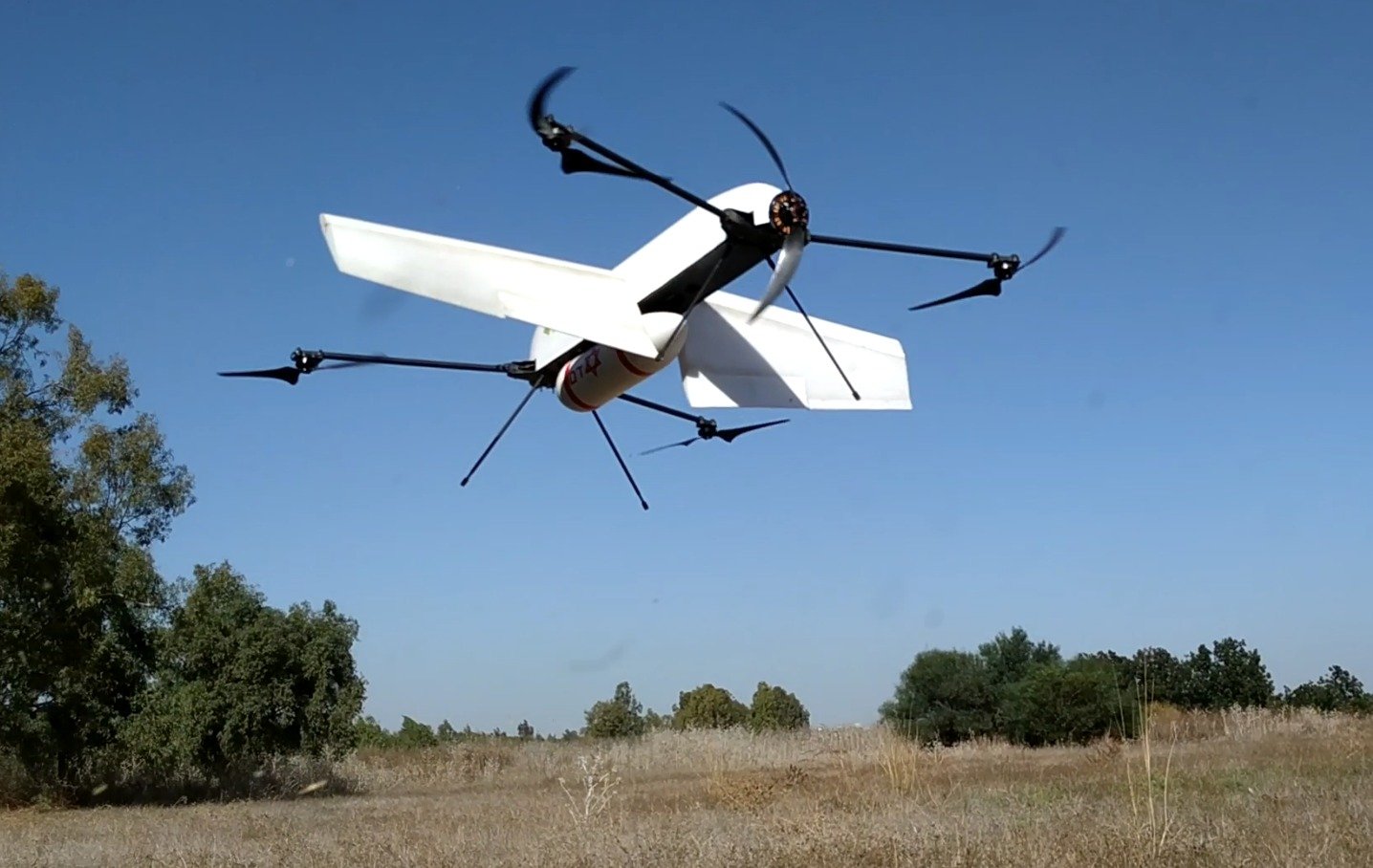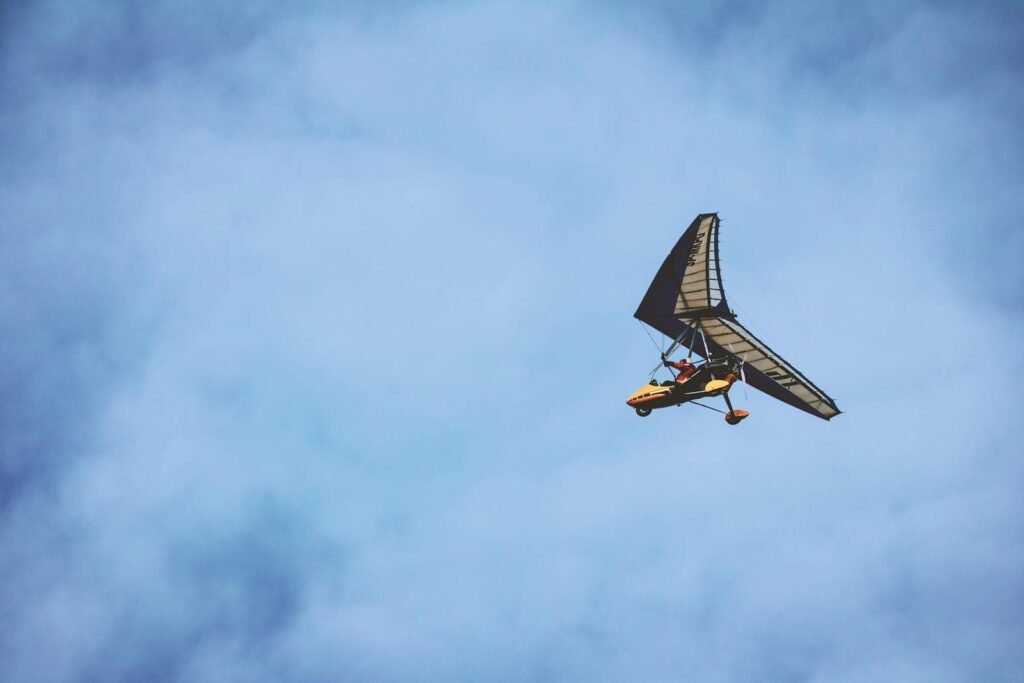Imagine standing on a grassy knoll, gazing up at the vast blue sky, pondering how our ancestors first dared to defy gravity. The dream of flight is as old as time itself, with myths and legends from Icarus to Daedalus sparking our imagination. But who truly pioneered the skies? The answer is not as simple as naming one person or even one species. It is a tale woven with the threads of evolution, innovation, and boundless curiosity. Let’s embark on this captivating journey to uncover the mysteries of the first true flyer.
The Dawn of Flight: Nature’s Ingenious Designs
Long before humans took to the skies, nature had already perfected the art of flying. Birds, insects, and bats have been soaring through the air for millions of years. Their wings are marvels of engineering, each species uniquely adapted to its environment. Birds, for instance, have hollow bones and feathers that allow for lift and maneuverability, while insects boast rapid wing beats that defy their tiny sizes. These creatures are nature’s true pioneers, showcasing the diverse possibilities of flight long before humans even considered leaving the ground.
Leonardo da Vinci: The Visionary with Wings

Leonardo da Vinci, the quintessential Renaissance man, was captivated by the idea of human flight. His sketches of flying machines, inspired by the anatomy of birds, were revolutionary for his time. Da Vinci envisioned contraptions like the ornithopter, which mimicked the flapping of bird wings. Though his machines never took flight, his ideas laid the groundwork for future inventors. Da Vinci’s genius lay not in building the first flyer but in dreaming of the possibilities, igniting a spark that would eventually lead to the skies.
Sir George Cayley: The Father of Aerodynamics

Often dubbed the “Father of Aerodynamics,” Sir George Cayley made monumental contributions to the understanding of flight. In the early 19th century, he identified the four forces of flight: lift, drag, thrust, and weight. Cayley’s glider designs were the first to successfully carry a human aloft, albeit briefly. His work was pivotal, shifting the focus from mere flight attempts to understanding the science behind it. Cayley’s insights provided a scientific foundation that others would build upon, setting the stage for powered flight.
Otto Lilienthal: The Glider King

German engineer Otto Lilienthal, known as the “Glider King,” was the first person to make well-documented, repeated, and successful flights with gliders. In the late 19th century, Lilienthal conducted over 2,000 flights, meticulously recording his findings. His gliders resembled bird wings, emphasizing the importance of wing curvature for lift. Tragically, Lilienthal’s passion for flight led to his untimely death in a glider accident. Yet, his legacy endured, inspiring the Wright brothers and countless others to pursue the dream of flight.
The Wright Brothers: Masters of Controlled Flight

When discussing the pioneers of flight, the Wright brothers inevitably come to mind. Orville and Wilbur Wright achieved the first powered, controlled flight on December 17, 1903. Their success was not merely due to their inventive airplane but also their understanding of control systems. The brothers developed a three-axis control system, which remains the standard for fixed-wing aircraft today. Their achievement marked a turning point in aviation history, transforming the dream of flight into reality and paving the way for the modern aviation industry.
Alberto Santos-Dumont: The Brazilian Aviation Icon

While the Wright brothers are celebrated in the United States, Alberto Santos-Dumont is a revered figure in Brazil. In 1906, Santos-Dumont made the first public flight in Europe, using his 14-bis aircraft. This flight, witnessed by a crowd in Paris, was significant because it was unaided by catapults or rails. Santos-Dumont’s achievements demonstrated that controlled flight was not confined to a single country or inventor. His contributions to aviation were instrumental in popularizing flight as a global endeavor.
The Role of Myth and Imagination
Flight has always been intertwined with myth and imagination. From ancient tales of winged gods to modern science fiction, the idea of soaring through the skies captivates the human spirit. These stories, though fictional, often inspire real-world innovation. They challenge us to push the boundaries of what is possible, fueling our desire to explore the skies and beyond. The interplay between myth and technology is a testament to the power of imagination in driving human progress.
Biomimicry: Learning from Nature’s Flyers
Today’s aviation advancements continue to draw inspiration from nature. Biomimicry, the practice of emulating natural designs, is a burgeoning field in aerospace engineering. Researchers study bird wings and insect flight to develop more efficient aircraft. For example, the study of albatross wings has led to improvements in glider design, while dragonfly flight patterns inform drone technology. By learning from nature’s flyers, we can create more sustainable and innovative solutions for modern aviation challenges.
Challenges and Triumphs in Modern Aviation

Despite the remarkable progress in aviation, challenges remain. Environmental concerns, safety, and the quest for faster, more efficient travel are ongoing issues. Innovations like electric aircraft and supersonic jets are on the horizon, promising to revolutionize the industry once again. The triumphs of the past inspire today’s engineers and scientists to tackle these challenges with creativity and determination. The spirit of the pioneers lives on, driving us to continually reach for the skies.
The Endless Quest for the Skies

The journey of flight is far from over. As we look to the future, the skies hold endless possibilities. From commercial space travel to the exploration of distant planets, the dream of flight continues to evolve. The pioneers of the past laid the groundwork for this exploration, their legacy shaping our understanding of the world and the universe. As we continue to push the boundaries of flight, we honor their contributions and carry their spirit of innovation forward. What new horizons will we discover next?



